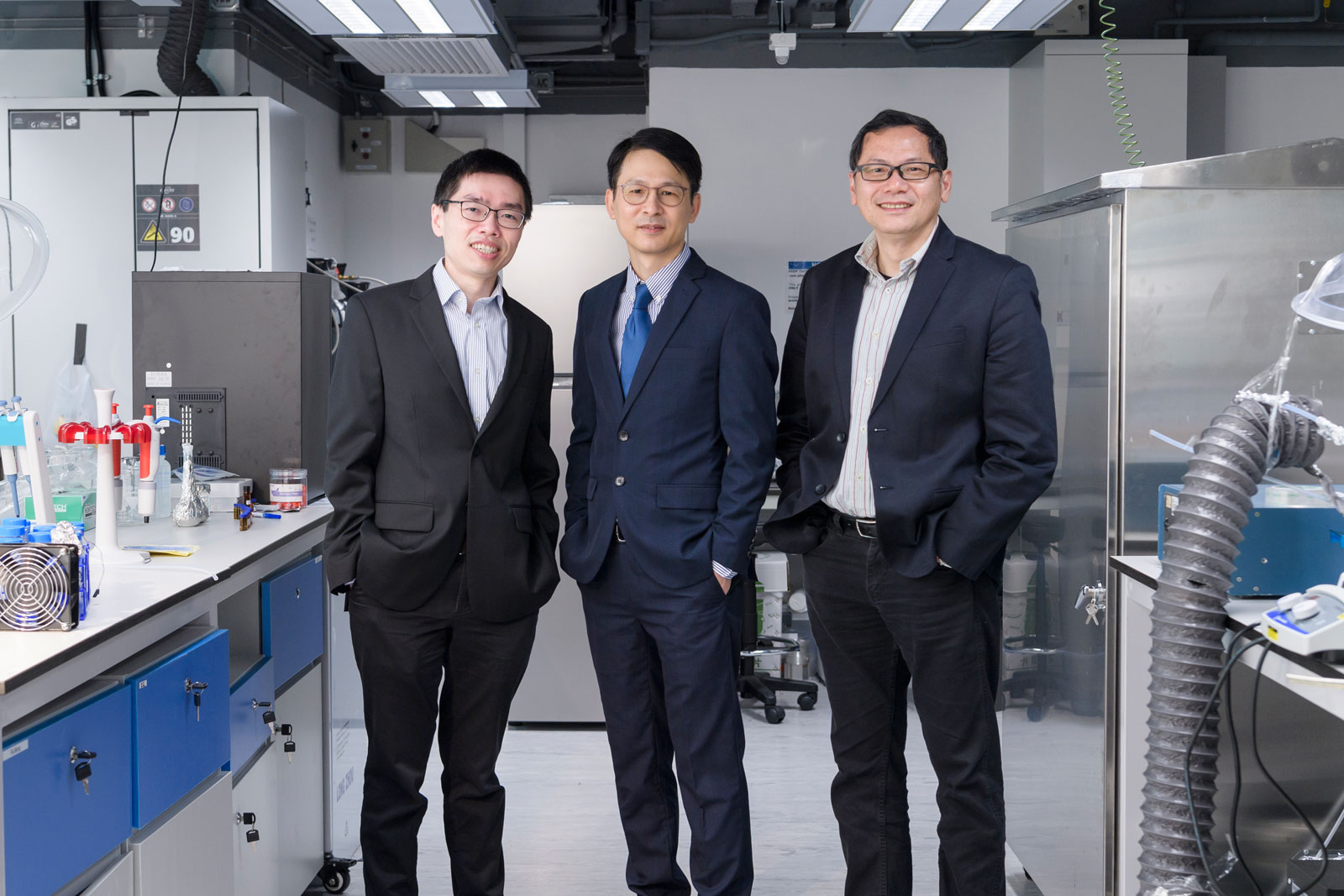Advanced bioaerosol project to eliminate Covid-19 and other pathogens secures HK$6.15m from Research Impact Fund

A bioaerosols research project aimed at developing innovative and effective methods for detecting and disinfecting bacteria and viruses including SARS-CoV-2 in indoor environments led by City University of Hong Kong (CityU) has secured HK$ 6.15 million from the Research Impact Fund under the Research Grants Council.
Bioaerosols are very small airborne particles containing living organisms and has been considered one of the possible routes of the spreading of Covid-19.
“The Covid-19 pandemic has already resulted in over 110 million cases and 2.5 million deaths globally since 2020. Our bioaerosols study addresses an urgent need in Hong Kong and globally to rapidly detect and eliminate pathogens in indoor air, including the SARS-CoV-2 virus. The outcomes from this study will not only immediately contribute to the fight against Covid-19 but also significantly raise our preparedness for future pandemics,” said Professor Alvin Lai Chi-keung, Associate Head of the Department of Architecture and Civil Engineering and Project Coordinator.
This four-year research project is titled “Rapid Detection and Synergetic Disinfection of Bioaerosols Using Far UVC and Negative Air Ions: Mechanistic and Field Studies”.
Current methods for sampling bioaerosols cannot detect rapidly and effectively microorganisms of all sizes, especially viruses that are submicron in diameter.
In order to address these shortcomings, the research team will try to couple advanced aerosol technology with molecular biology techniques such as nucleic acid-based methods to enable fast and accurate detection of targeted microorganisms. Nucleic acid-based methods are now used for testing humans, but the team will use them to analyse air samples.
These new methods will be deployed to profile the bioaerosol composition in different indoor settings in Hong Kong.
In addition, the team will combine Far UVC light (far ultraviolet C light) and negative air ions to harness the synergistic effects between the two to achieve over 99.9% removal of bacteria and viruses.
Recently Far UVC has been found to be more effective in the disinfection of microorganisms and most importantly safer than conventional UVC, a known disinfectant that inactivates viruses and bacteria. Negative air ions can also disinfect microorganisms.
After the novel disinfection process has been developed in the laboratory, field tests will be conducted in diverse buildings in Hong Kong to verify its effectiveness under real-life conditions. The team will investigate how the ambient transformation of bioaerosols can influence disinfection effectiveness through laboratory experiments that mimic typical indoor conditions.
“Our target is to develop a rapid and accurate method for detecting bioaerosols and fabricate a prototype with a high disinfection efficacy against a wide range of pathogens in different indoor environments,’ said Professor Lai.
It is a challenge to design a practical device that can disinfect airborne pathogens within a short exposure time, particularly portable units. However, the team members’ background in aerosol science and technology and microbiology will overcome the difficulties, he added.
Other team members include Professor Chan Chak-keung, Dean and Chair Professor of the School of Energy and Environment (SEE), CityU; Dr Patrick Lee Kwan-hon, Associate Dean and Associate Professor of SEE; and scholars from the Kanazawa University, Japan and University of Hong Kong.
Professor Chan has over 30 years of research experience in air pollution and aerosol science and Dr Lee’s research interest lies in biologically-related environmental problems. They are both Co-Principal Investigators of the project.